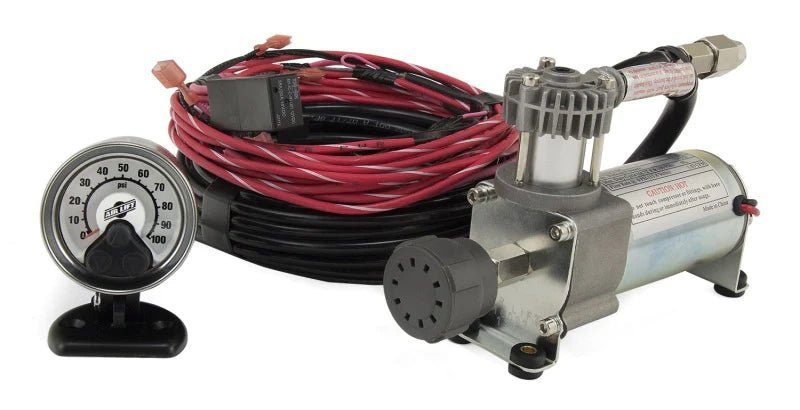
How Much Air is in a Compressed Air Tank?
Have you ever wondered how much air is in a compressed air tank? Air compressed tanks are often called pressure vessels. They hold compressed air for later use. Before realizing how much air is in a compressed air tank, it is essential to understand the principles of driving compacted air tanks. These tanks hold air at a specific temperature, making them reasonable for applications requiring a versatile and practical power source.
Tanks of steel or aluminum are frequently developed for their solidarity and ability to support high tensions.
Click Here: Midwest Aftermarket.
Pressure-Volume Relationship
Boyle's Law portrays a strong connection between pressure and volume. It expresses that the pressure of a gas is inversely proportional to its volume at a constant temperature.
It is said that when the volume of a gas drops, the pressure rises, and vice versa. This regulation decides how much air is in a compressed air tank.
Tank Size Matters
The size of air compressor systems is one of the primary standards in deciding how much air is in a compressed air tank. The tank's air-holding limit is relative to its volume, estimated in gallons or liters. Larger tanks have more storage area. Therefore, they can contain more compressed air than smaller tanks.
Manufacturers create tanks in various sizes to meet the unique requirements of diverse applications. For instance, a tiny portable paintball tank may only store a few hundred cubic inches of air. However, large tanks used in manufacturing operations might hold several thousand cubic inches.
Also read: Trucks parts and accessories
Pressure Rating – A Crucial Factor
Apart from size, a tank's pressure rating is essential in determining its air-holding capability. The pressure rating specifies the highest pressure that the tank can safely bear. The pressure ratings for compressed air tanks typically range from 2000 to 4500 pounds per square inch (psi).
To compute the total air volume in a compressed air tank, multiply the tank volume by the pressure rating (in cubic inches or liters). This simple method estimates the tank's overall capacity and lets users understand the available air.
Filling the Tank
Filling a compacted air tank involves more than joining it to a compressor and letting it top off. The Ideal Gas Regulation expresses that the volume of a gas is definitively proportionate to its temperature. It suggests that when the temperature of the air in the tank rises, so does its volume, bringing about a tension drop.
To maximize the quantity of air a tank can contain, fill it at a lower temperature. This is why compressed air tanks used in various sectors are frequently filled in controlled conditions where the temperature may be adjusted to maximize air-holding capacity.
Safety Measures and Regulations
Comprehending the capacity of air compressors is critical for efficiency and safety. Tanks should be worked inside their recommended pressure impediments to avoid accidents. Over-compressing a tank can bring about disastrous failure, jeopardizing people and gear.
Administrative specialists give rules and proposals for planning, assembling, and utilizing compacted air tanks to ensure well-being. These criteria include periodic inspections, pressure testing, and certification processes to ensure the tanks' structural integrity.
The Bottom Line
Learning how much air is in a compressed air tank depends on its size, pressure rating, and temperature at which it is filled. Understanding these aspects is essential to maximize the use of compressed air in various applications while adhering to safety regulations.
Whether controlling pneumatic devices on a building site or giving life backing to a scuba jumper investigating the profundities, compressed air tanks are fundamental in different sectors worldwide!
- Choosing a selection results in a full page refresh.
!




